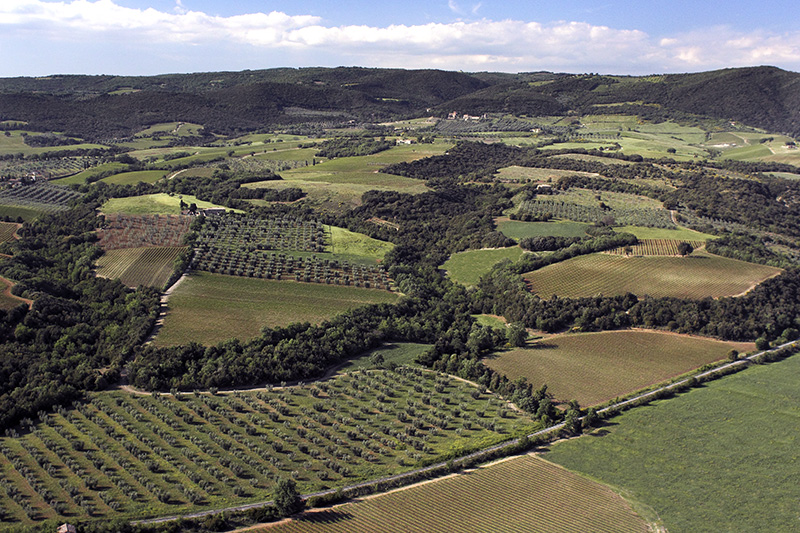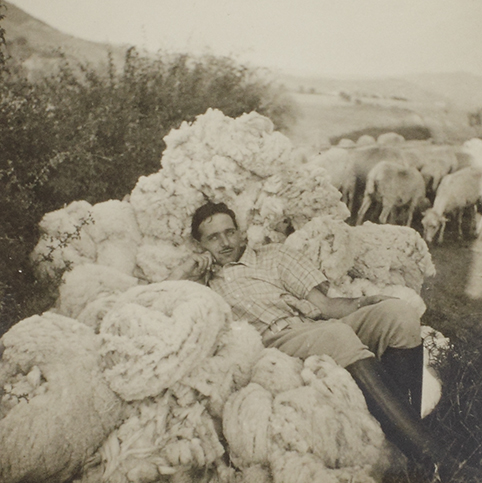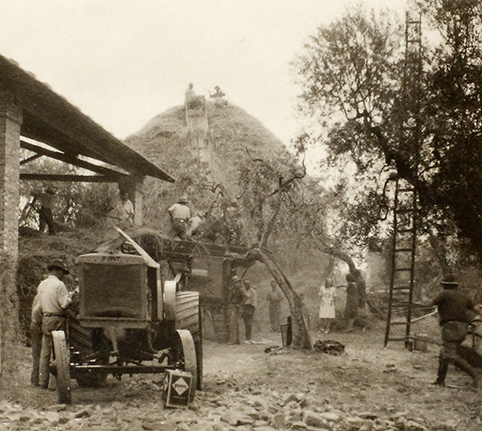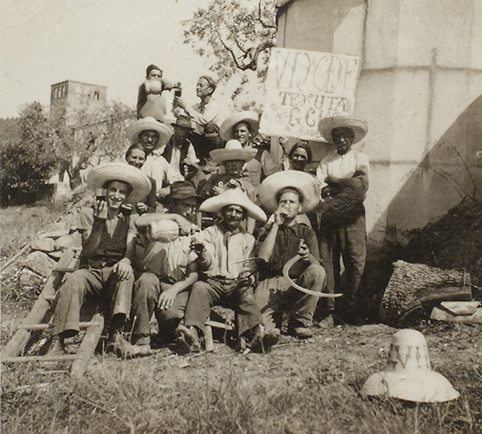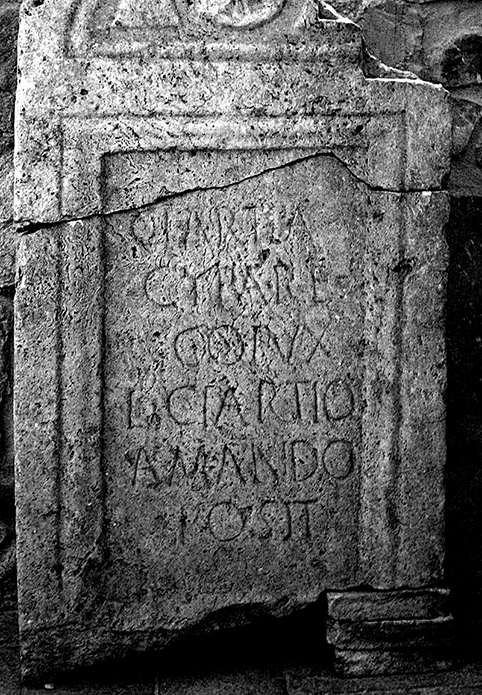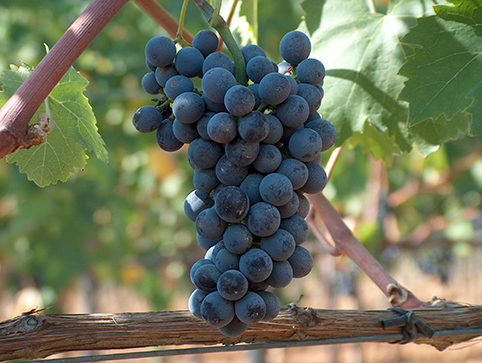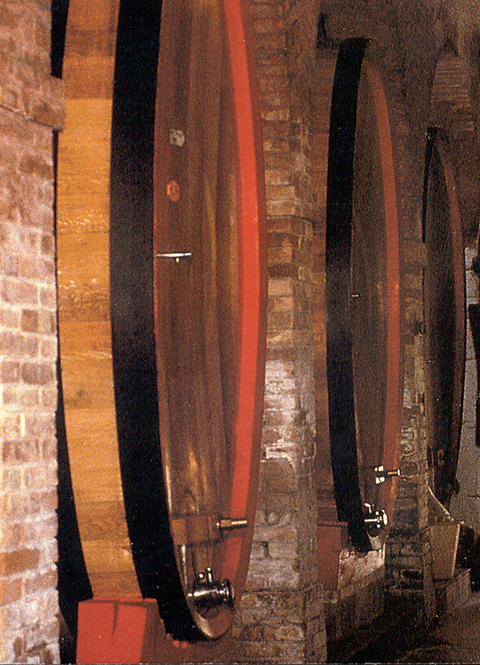|
|
ESTATEWith its southern location in the heart of the Montalcino territory, the Querceta winery has produced wine and olive oil exclusively from products on their estate for generations. |
|
|
HISTORYThe Querceta Estate was part of the Sant’Antimo Abbey properties until 1462 when it was removed by Pope Pious II, Enea Silvio Piccolomini from Siena. During this time, the most important families from Siena built vast estates in the territory of Montalcino, and Querceta, after having been part of the noble Tolomei dynasty, became property of the Ciacci family in the second half of the 1900s. The Querceta Estate contains the winery of the estate on the oldest part of the entire property. The first Sangiovese vines were planted by Giuseppe Ciacci in 1955 on the land that had been cultivated for generations to produce olive oil and grains as well as to farm sheep for the production of sheep milk and cheese. The first bottles of Brunello date back to 1966 when this wine was still classified as table wine. In fact, it was only in the following year, 1967, that Brunello acquired the appellation Denominazione di Origine Controllata, and, finally, in 1980, it obtained the first Italian DOCG.
|

